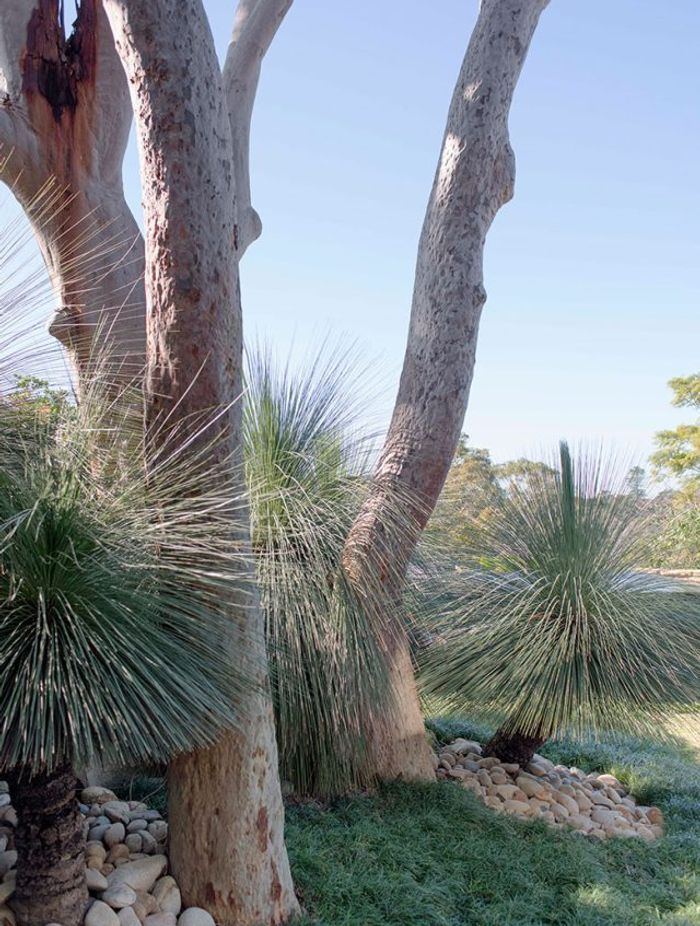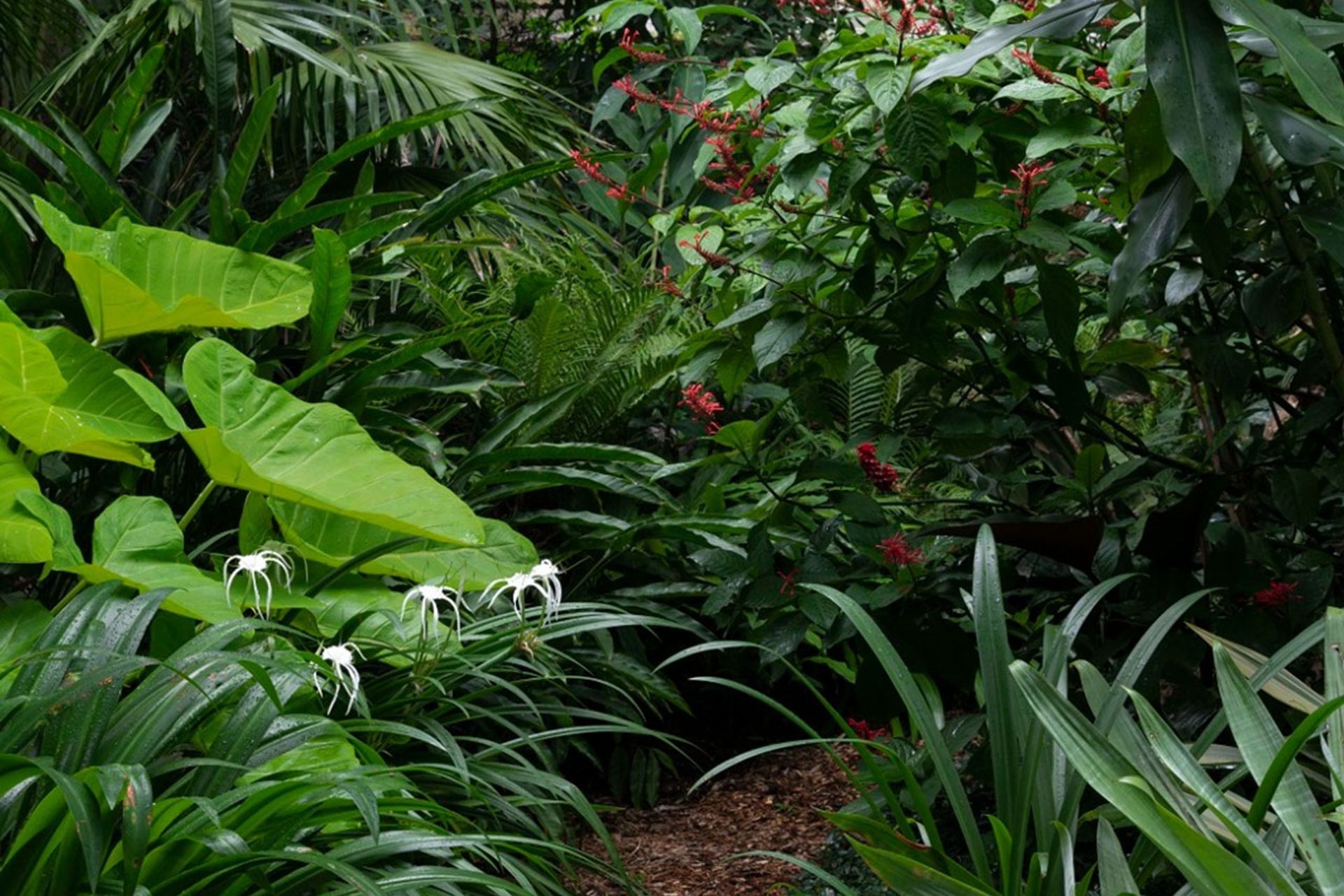Dream gardens and movie magic: How pop culture can inspire your next outdoor project

Our relationships with gardens are often more complex than we realise. Beyond the basics of providing outdoor entertaining spaces, a pool or room for the kids to play, they are places where we seek solace, daydream and make memories. They can evoke feelings of joy and exhilaration or melancholy and peace.
The value of gardens as places to enchant and inspire has long been understood in literature and popular culture. For Henry, Senior Landscape Designer at Secret Gardens, The Magic Faraway Tree loomed large in his childhood imagination. The trilogy by Enid Blyton chronicles the adventures of three children who stumble into an enchanted wood populated by elves, gnomes, fairies and pixies. It sets the children off on a series of magical adventures.
“I read that book growing up,” Henry says. “I really got into making treehouses and climbing trees. It inspired my sense of adventure and exploration and it subconsciously created a connection with trees and nature that was exciting for me.
“It’s only looking back now that I can only see it was a pathway to seeking adventure in nature.”
Similarly, The Secret Garden by Frances Hodgson Burnett follows the story of 10-year-old Mary, who goes to live with her reclusive uncle on his estate in England following the death of her parents in India. Left to her own devices, the girl discovers a neglected garden, which she rehabilitates with the help and advice of one of the local boys, Dickon. It’s a story of renewal, rebirth and the healing power of nature through the simple act of planting flowering bulbs and tending to roses.

While they may not exactly provide an obvious planting guide for residential gardens, they point to possibilities, albeit on a smaller scale, centred on child-led design. A mature tree in the garden, for example, could become the focus for a children’s play area, with a built-in deck, swing or rope ladder to higher branches. If flowering bulbs to herald the arrival of spring are not appropriate, deciduous trees, shrubs or climbers can indicate seasonal change.
But design inspiration doesn’t stop with children’s stories. Film lovers know only too well how gardens can create a welcoming or threatening atmosphere, whether it’s the overgrown jungle of Miss Havisham’s grounds in Great Expectations or the whimsical parterre world of Edward Scissorhands. Indeed, it’s hard to imagine the climax of The Shining without the pursuit through the maze, or the foreboding of The Blair Witch Project without the dense forest the group of friends find themselves trapped in.
In recent years, some of the most endearing films have been where gardens have played a central role. From the bountiful kitchen garden that Meryl Streep tends to in the 2009 film It’s Complicated to the rambling hills and cottage garden alive with birdsong in the 2006 version of Miss Potter, garden settings in film suggest an abundance of design ideas.

Where green space is virtually non existent or part of the internal design of the house, Green Card, made in 1990 and starring Andie Macdowell and Gerard Depardieu, offers a world of inspiration for indoor plant lovers. Botanist Bronte (Macdowell) enters into a sham marriage with Frenchman George (Depardieu), who is in need of a green card, so that she can secure a Manhattan apartment with a leafy internal courtyard, which she lovingly brings back to life. The lush plantings of semi tropical specimens is enough to send any indoor plant enthusiast into overdrive.
While garden-inspired film can provide design cues, resist the temptation to dive into literal interpretations. If you loved the sprawling 17th century Italian estate of Call Me By Your Name, it doesn’t mean you have to fill your garden with grape vines or peach trees to create the same effect. Instead, start a conversation with your garden designer about how that garden spoke to you and the way it made you feel. That is the path to making your garden design dreams come true.
- Just as you would with interior design, make a virtual mood board of gardens you love, with screen shots from films or TV shows.
- Rather than seeking to copy the garden of your cinematic dreams, think about how it makes you feel, which will better direct the design of your space.
- Be realistic and flexible. Planting schemes are often heavily influenced by local conditions so be prepared to take expert advice, even if it doesn’t align with your ideal design.

